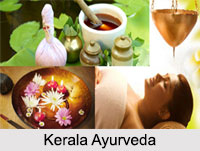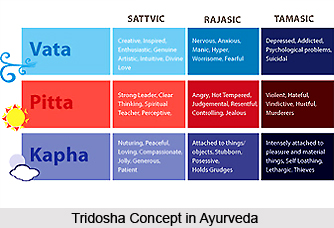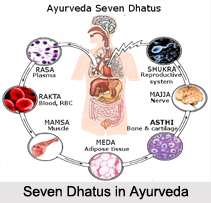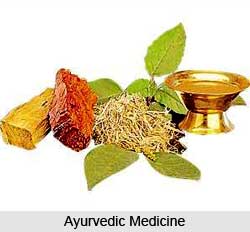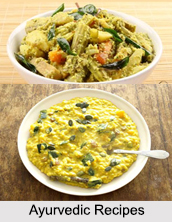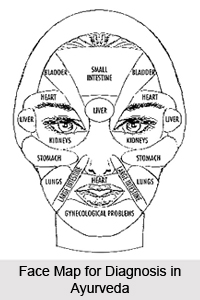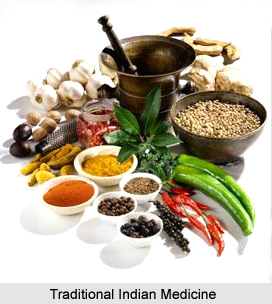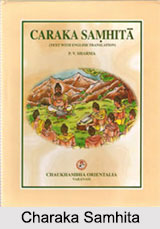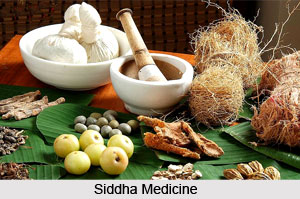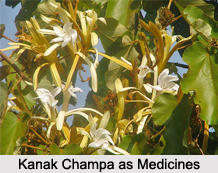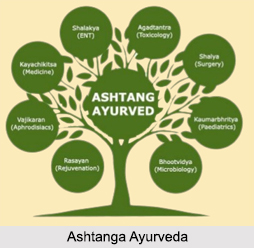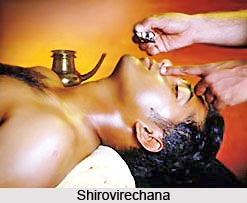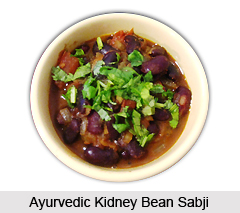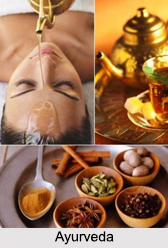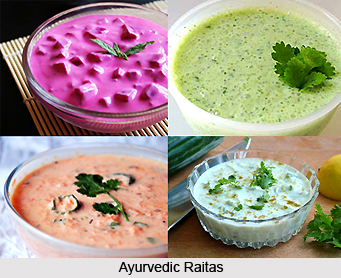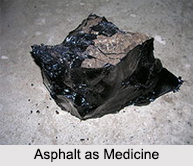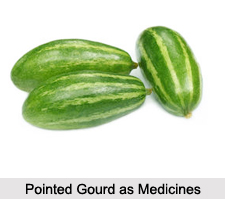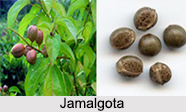 In Ayurveda, Jamalgota is used in Virechana to reduce toxins from the body. The botanical name of Jamalgota is Croton Tiglium. The seeds of Croton Tiglium are considered to be useful in fever, constipation, intestinal worms, enlargements of the abdominal viscera, ascites, anasarca, etc.
In Ayurveda, Jamalgota is used in Virechana to reduce toxins from the body. The botanical name of Jamalgota is Croton Tiglium. The seeds of Croton Tiglium are considered to be useful in fever, constipation, intestinal worms, enlargements of the abdominal viscera, ascites, anasarca, etc.
Dose of Jamalgota in Medicine
Croton seeds are used as medicine to cure many diseases. They are boiled in milk and their outer skin and embryo are removed before being used internally. Here are the ways of using Croton as medicine to cure disease:
Ichchhavedivatika: Take mercury, sulphur, borax and black pepper- one part each, ginger 3 parts, croton seeds 9 parts; rub them together with water and make into 2 grain pills. These are given in fever with constipation as also in ascites and anasarca.
Rukkesa Rasa: Take chebulic myrobalan 5 parts, croton seeds one part, soak them in the milky juice of Euphorbia neriifolia (snuhi), and make into 4 grain pills. These are given with a decoction of the root of Ipomcea Turpethum (trivrit), or Baliospermum montanum (danti), as a drastic purgative in obstinate constipation.
Mahanaracha Rasa: Take chebulic myrobalan, pulp of Cassia Fistula, emblic myrobalan, root of Baliospermum montanum (danti), Picrorrhiza Kurroa (katuki) milky juice of Euphorbia neriifolia (snuhi), root of Ipomcea Turpethum (trivrit) and the tubers of Cyperus rotundus (mustaka), each one tola; pound them to a coarse powder and boil in 4 seers of water till the latter is reduced to one-eighth. Then take a tola of husked croton seeds, tie them in a piece of thin cloth and boil them in the above mentioned decoction till the latter is reduced to the consistence of a fluid extract. To this extract add a powder composed of 8 parts, of purified croton seeds, 3 parts of ginger and 2 of black pepper, mercury and sulphur, in quantity sufficient to make a pill-mass; rub them together for 12 hours and make into 2 grain pills. These are given with cold water in tympanitis, colic, ascites, etc., as a drastic purgative. After the operation of this medicine, rice should be given with curdled milk and sugar.
